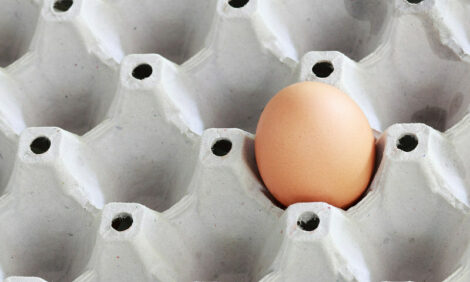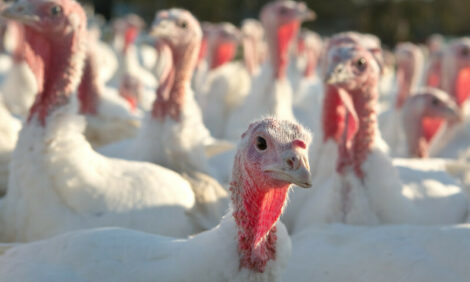



Quadram Institute microbiologist helps lead UN expert panel on Campylobacter
Campylobacter bacteria can cause illness in humansQuadram Institute research group leader Nicol Janecko has contributed to a recent international expert panel on a common bacterial cause of food poisoning from chicken, according to a recent press release from the institute.
Janecko was rapporteur for the United Nations joint Food and Agriculture Organisation (FAO) and World Health Organisation (WHO) Joint Expert Meeting on the control of Campylobacter at a meeting held in Rome, Italy, in February 2023. The role of rapporteur is to compile and report the conclusions of the expert panel to the United Nations’ Specialised agencies.
Since 1990 the number of chickens worldwide has doubled, and chicken is now the world’s most frequently consumed meat. According to the FAO, the global poultry population was nearly 28 billion in 2019, with chickens accounting for 93%.
Campylobacter bacteria are found in chickens and poultry and can cause illness in humans at a low dose. Understanding this microorganism’s biology and transmission routes to ensure the safety of our food supply and our health is a global priority.
Campylobacteriosis is the illness caused by Campylobacter bacteria. It is the most common cause of bacterial gastroenteritis worldwide, outnumbering Salmonella, toxigenic Escherichia coli and Listeria combined.
The illness has typical food poisoning symptoms, such as abdominal pain, fever and diarrhoea. While many recover without complications, some individuals, especially those with weakened immune systems, may face severe health complications like long-term neurological damage (Guillan-Barre Syndrome) and septicaemia (blood infections).
The bacteria’s presence in chicken can lead to contamination of the food supply chain. Campylobacter infections occur when we eat contaminated food, particularly undercooked chicken. Other ways people can get infected with the bacteria is through drinking contaminated water or direct exposure to animals that have the bacteria living inside them.
“Taking part in this joint FAO/WHO Expert Meeting was a real honour and was very productive," Janecko said. "Campylobacter is a resilient bacterium and it is important we have strong evidence-based measures to prevent Campylobacter contamination in the food industry. Measures include good manufacturing practices and care in raw food handling. A key measure that significantly reduces the risk of Campylobacter contamination is properly cooking chicken products to an internal temperature of at least 74 degrees C."
The “Measures for the control of Campylobacter spp. in chicken meat” report collated and assessed the most recent scientific information relevant to the control of Campylobacter species in chicken meat, the Joint FAO/WHO Expert Meeting on Microbiological Risk Assessment (JEMRA) convened a meeting in FAO, Rome, Italy in February 2023.
The committee, consisting of experts from eight countries across the world, reviewed the available data on Campylobacter control including scientific literature published from 2008 to October 2022 and data submitted in response to a call for data for this meeting.
The report of the expert meeting and its advice is useful at national and international levels for those in the food industry, government and public health working to control the hazard in chicken meat.









